Photo essay: Farmers’ F1 hybrids in Guatemala
World Coffee Research and Anacafe provided farmers in rural Yepocapa with seedlings of Marsellesa and Centroamericano varieties in 2016; the first harvests from the plants are expected to begin in a few months.
All photos by Devon Barker
In the town of San Pedro Yepocapa in Guatemala’s Antigua region, smallholder coffee farmers were hit hard by an outbreak of coffee leaf rust in 2012-2013. The rust crisis exacerbated an already tough economic situation in Yepocapa, which is Guatemala’s fourth-poorest municipality, with 70 percent of farmers having incomes of less than $2 a day.
Since 2016, World Coffee Research (WCR) and Anacafe have been working with 179 farmers in Yepocapa to provide them with rust-resistant varieties as well as providing education on farming economics and coffee mill wastewater management. These efforts aim to create a sustainable approach to revitalizing family coffee farms and livelihoods in the area. Major funding for the project has been provided by Starbucks Foundation.
The project has distributed two improved varieties in Yepocapa—a rust-resistant Sarchimor called Marsellesa and an F1 hybrid variety called Centroamericano—and is studying the impact of improved plants. The trees are now in their second year of life at the farm, and the first harvests are expected this year.
Photographer Devon Barker was recently in San Pedro Yepocapa to visit the area’s smallholder coffee farmers. These images capture some of the farmers he met and their perspectives on the new varieties.
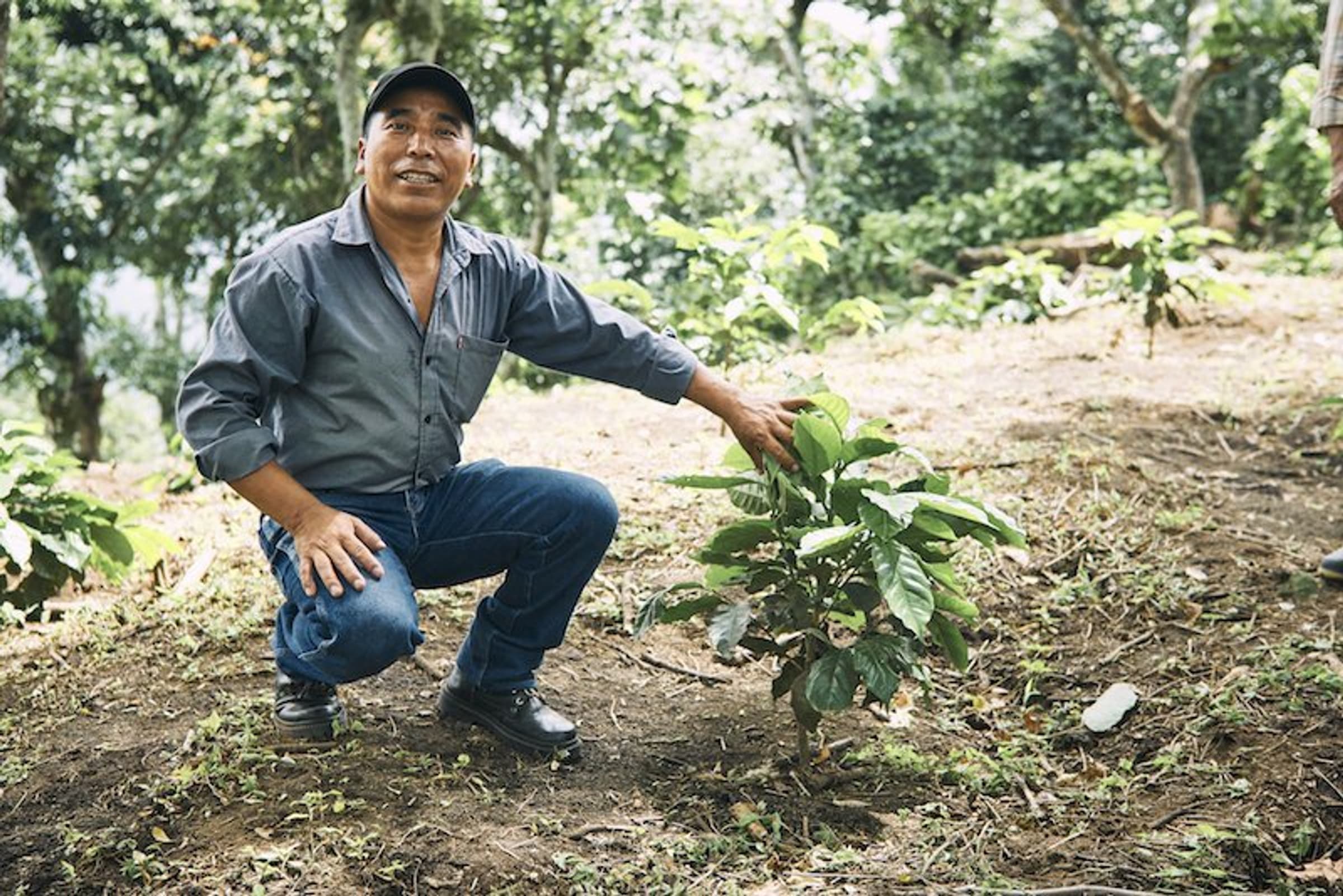
Manuel Tzarin on his coffee-growing parcel with a year-old plant of Marsellesa. Manuel says he likes the new Marsellesa and Centroamericano plants because they haven’t been affected by Roya, unlike his Caturra plants. Manuel says that coffee growers in the area are coming together as a community and getting stronger, with the help of the improved varieties.
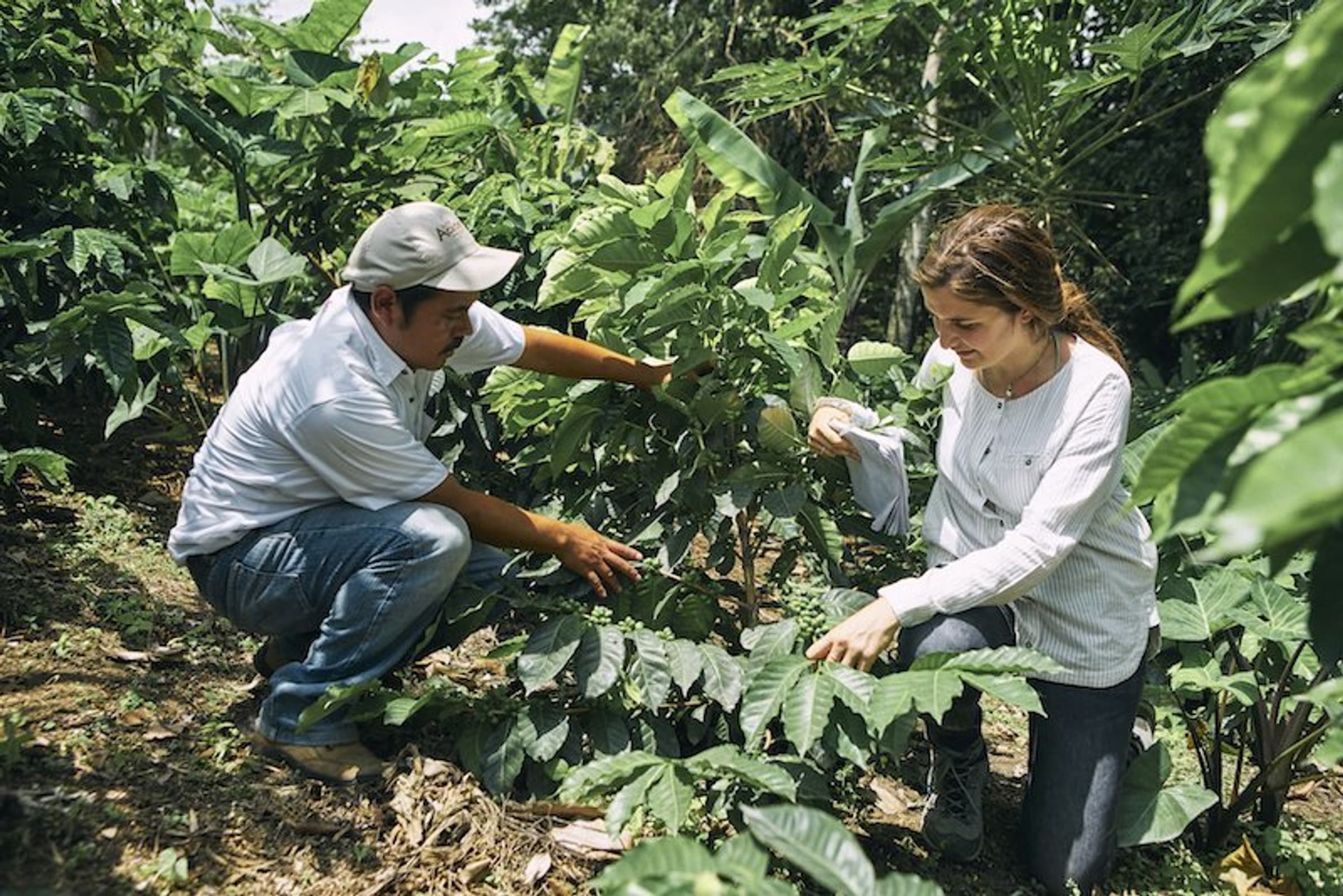
Wilson Ordoñez, Anacafe field technician, and Lucile Toniutti, WCR molecular breeder, take notes on the condition of a healthy F1 hybrid plant in Yepocapa.
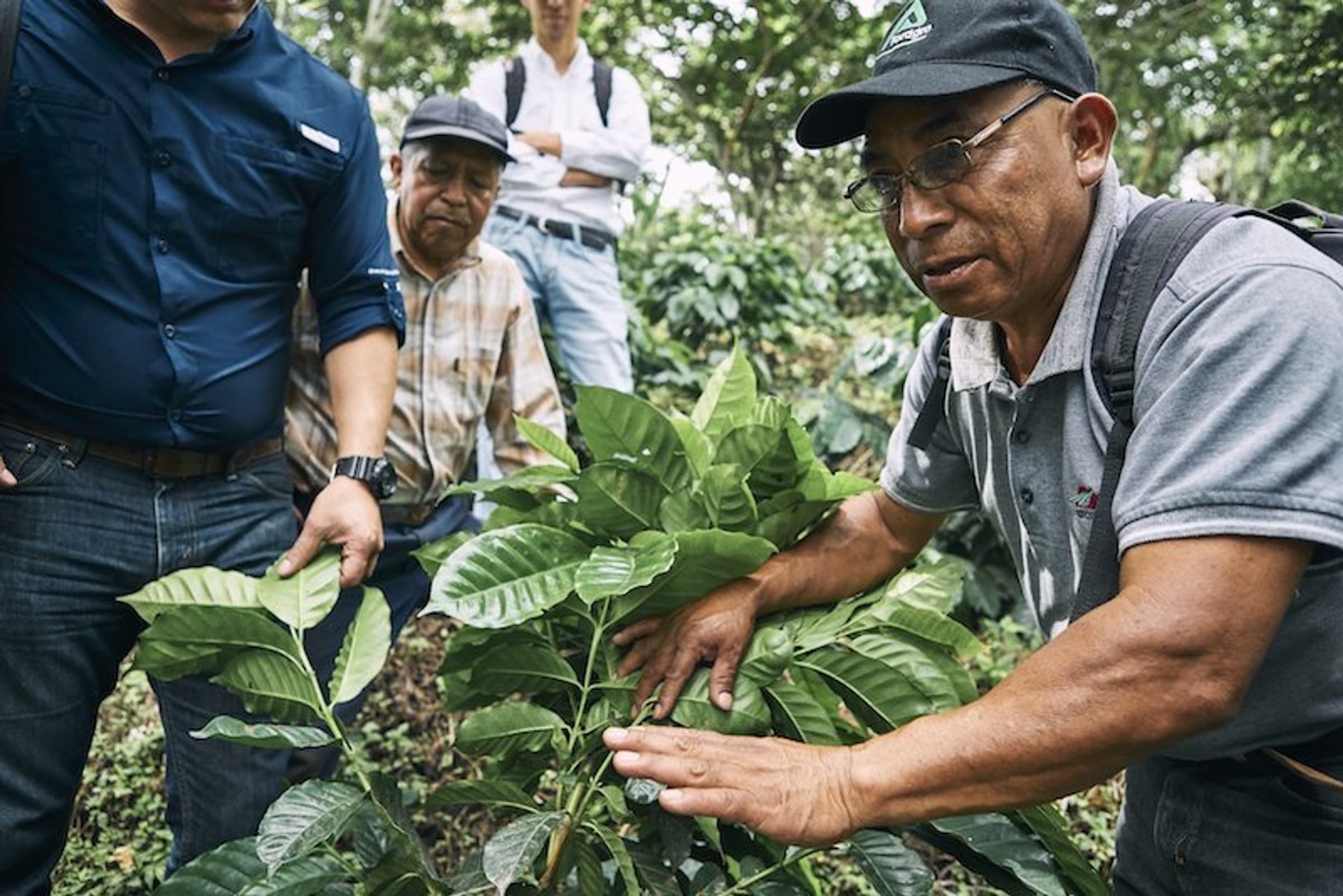
Juan Charuc, Anacafe field technician and WCR project monitor, talks about the effects that ash damage can have on coffee plants while at the plot of Eulalio Chanchavac (in background in blue cap). The June 2018 eruption of Volcán de Fuego did not have a significant impact on the F1 plots at Yepocapa, as they were outside the path of the pyroclastic flow, and the fine ash that fell on the plots was washed away by heavy rains that followed the eruption.
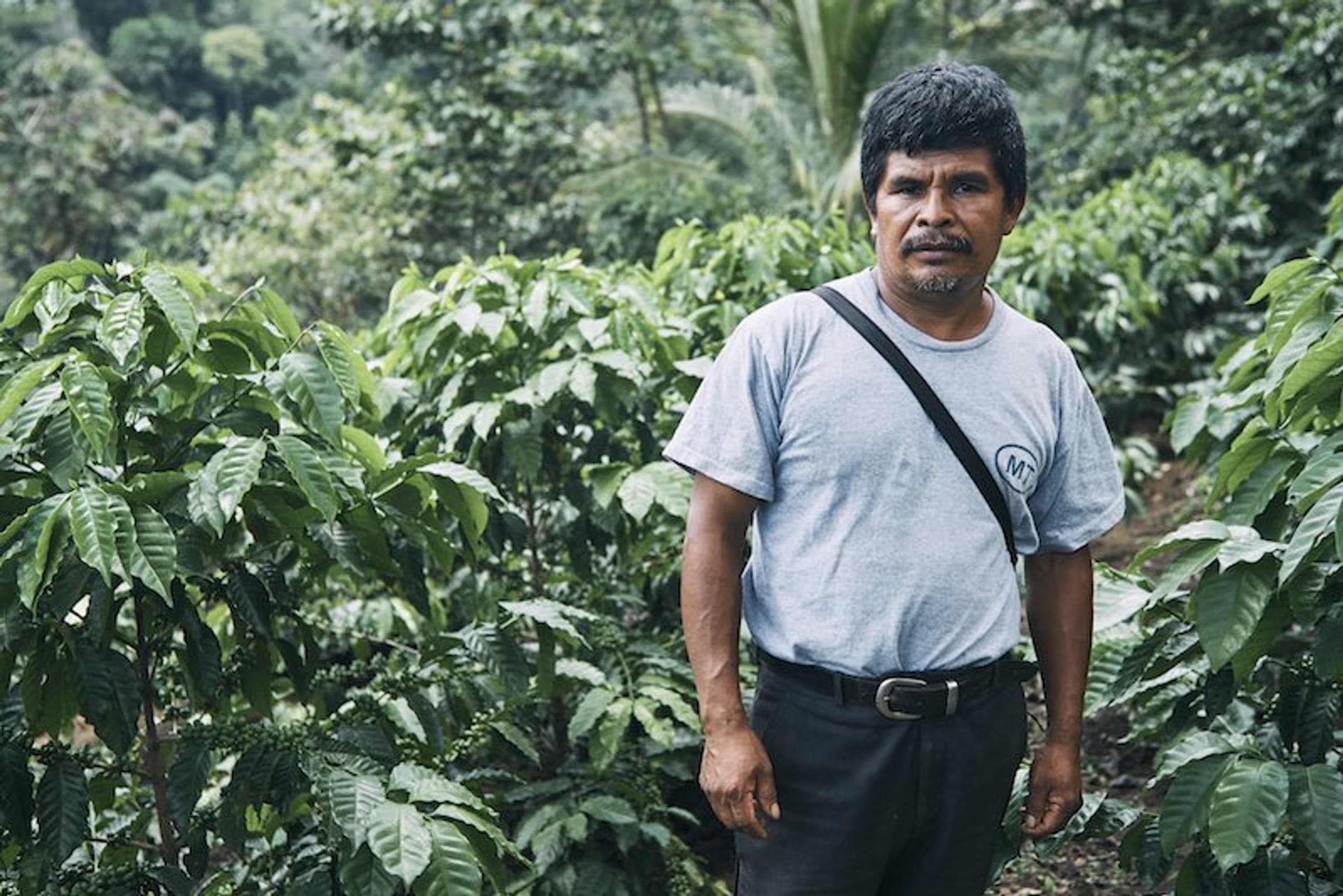
Rubén Coch poses with F1 hybrids on a parcel owned by his son, Luis Pedro Coch. Rubén, who often helps Luis tend to the land, says that he likes the F1 hybrids so far because of their fast growth and high yield. Rubén and Luis also grow Robusta coffee at a lower-altitude parcel, which they sell to the local market.

Farmer Julián López Pérez (left) greets Dr. Francisco Anzueto, WCR’s scientific coordinator, Central America, at Julián’s parcel. In addition to growing coffee, where he has an F1 hybrid plot, Julián grows maize to supplement his income.
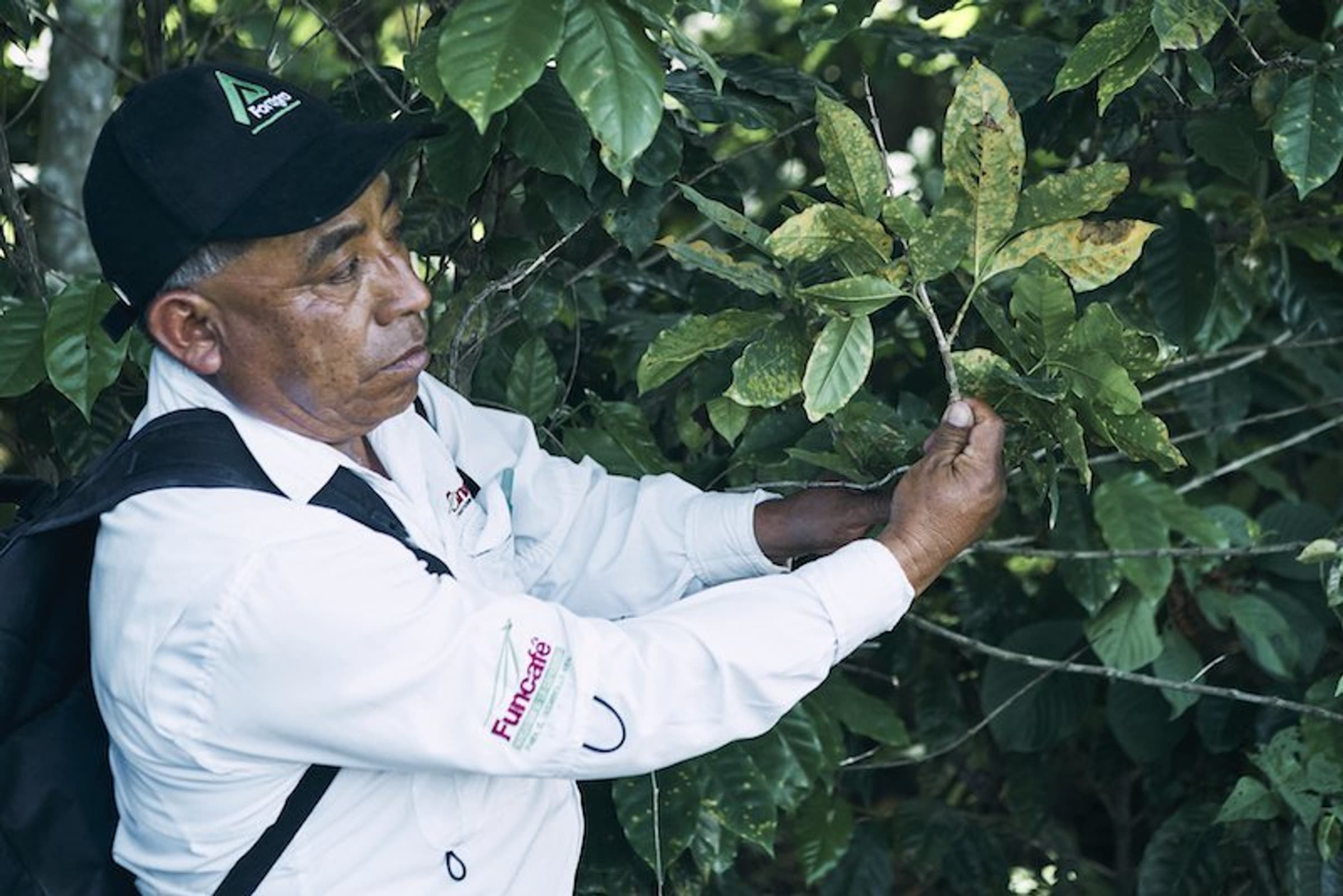
Juan Charuc, Anacafe field technician and WCR monitor, shows a plant of a traditional variety susceptible to coffee leaf rust. The variety is close to a plot of F1 plants, which are resistant to rust.

Maria Rosaria and her 6-month-old son at the K’iche tribe parcel she shares with her husband. Their F1 hybrid plot is expected to have its first harvest this year in the plants’ second year of life—a faster production cycle than they observed in their coffee plants of traditional varieties.